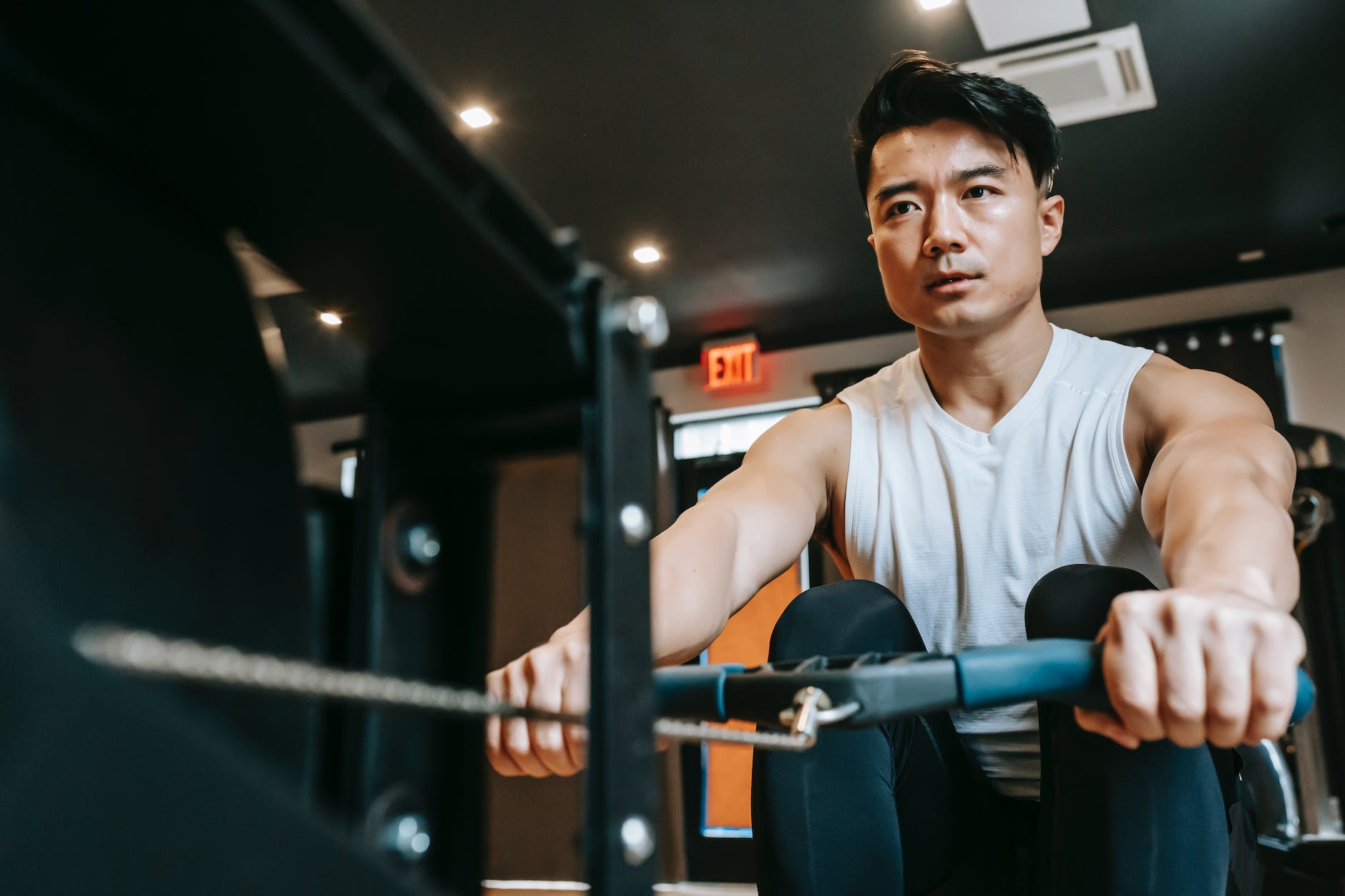Cannabis, a naturally occurring substance, has become a significant part of the wellness industry, medical science, and recreational activity worldwide. Whether utilized for its therapeutic properties or recreational purposes, understanding the different consumption methods is essential for gaining the optimal benefits and ensuring safe use. This article explores the various cannabis consumption methods such as smoking, vaping, edibles, tinctures, topicals, and dabbing.
One of the most well-known methods of cannabis consumption is smoking. This process involves burning the dried plant parts (usually the flowers) and inhaling the smoke. This method quickly introduces cannabis’s active compounds into the bloodstream via the lungs, offering immediate effects.
However, there are also health concerns associated with smoking, particularly for people with respiratory issues. To bypass such problems, many people opt for vaping – a safer alternative that allows users to inhale cannabis extracts or concentrates heated at a lower temperature. Vaping offers a less irritating experience on the lungs, while still delivering the active compounds rapidly.
For those who prefer not to inhale, there’s a broad range of cannabis-infused products available. One particularly popular choice is edibles. Edibles can include anything from gummies and cookies to teas, infused with a precise dosage of cannabis. The onset of effects from edibles is slower than smoking or vaping – typically it can take anywhere from 30 minutes to two hours – but the effects can be more powerful and long-lasting.
Tinctures represent another option for non-inhalation-based cannabis consumption. These cannabis-infused alcohol or oil solutions are normally taken sublingually (under the tongue) and offer a good degree of control over dosage. They may be an ideal choice for people seeking the therapeutic benefits of cannabis, as they avoid the potential harm from smoking while still triggering reasonably quick onset of effects.
Topicals, another form of cannabis-infused products, are creams, lotions or balms that are applied to the skin. They are often used for localized relief of pain, inflammation, and certain skin conditions. The active compounds in topicals interact with the cells near the surface of the skin and do not enter the bloodstream, making them an attractive option for users who prefer non-psychoactive cannabis solutions.
Last but not least, there’s dabbing. This relatively new method involves heating a small amount of cannabis concentrates on a hot surface and then inhaling the vapours. It provides a potent dose, given that concentrates are typically much higher in active compounds than the flower itself. However, one must be particularly careful about dabbing due to its potency and the potential for unwanted adverse effects if not used responsibly.
Each of these consumption methods offers distinct experiences, convenience, duration of effects, and control over dosage. However, it’s important to note that cannabis may have different effects on different individuals – all bodies do not react the same way to cannabis. Thus, for first-time users, starting with small doses and slowly increasing can be a sensible approach.
The diverse range of cannabis consumption methods allows individuals to choose the method that suits their needs the best. The key is responsible use and thorough understanding. With the right approach and appreciation for its effects, cannabis can be a therapeutic supplement or recreational past-time, enjoyed responsibly.
In conclusion, whether you are seeking cannabis for medicinal purposes or recreationally, there are several methods to choose from. Experimenting responsibly with doses and products while staying educated about potential effects can help you make the most of your cannabis experience.

